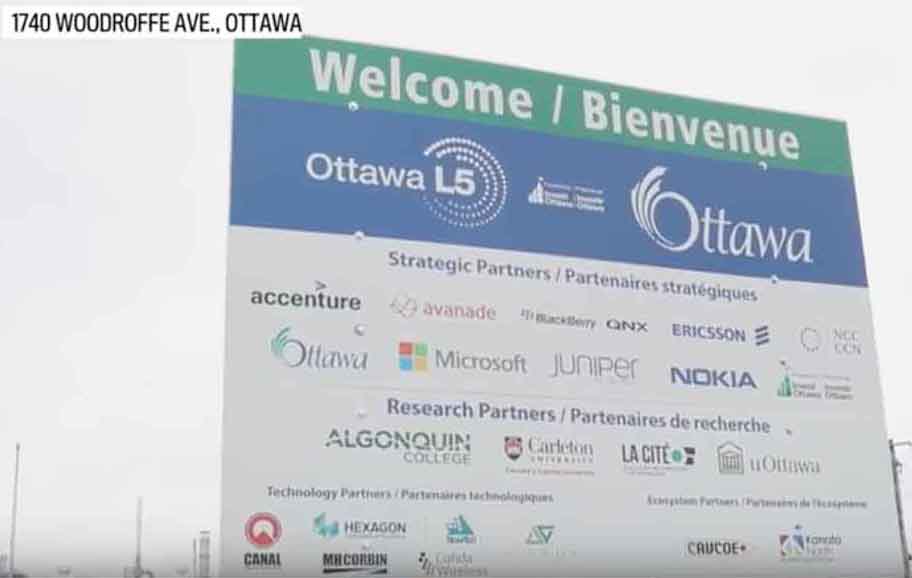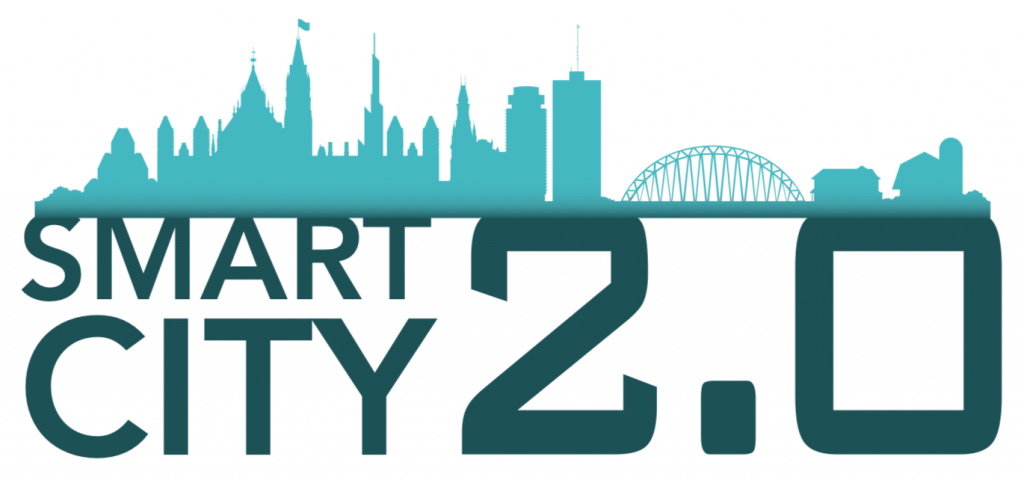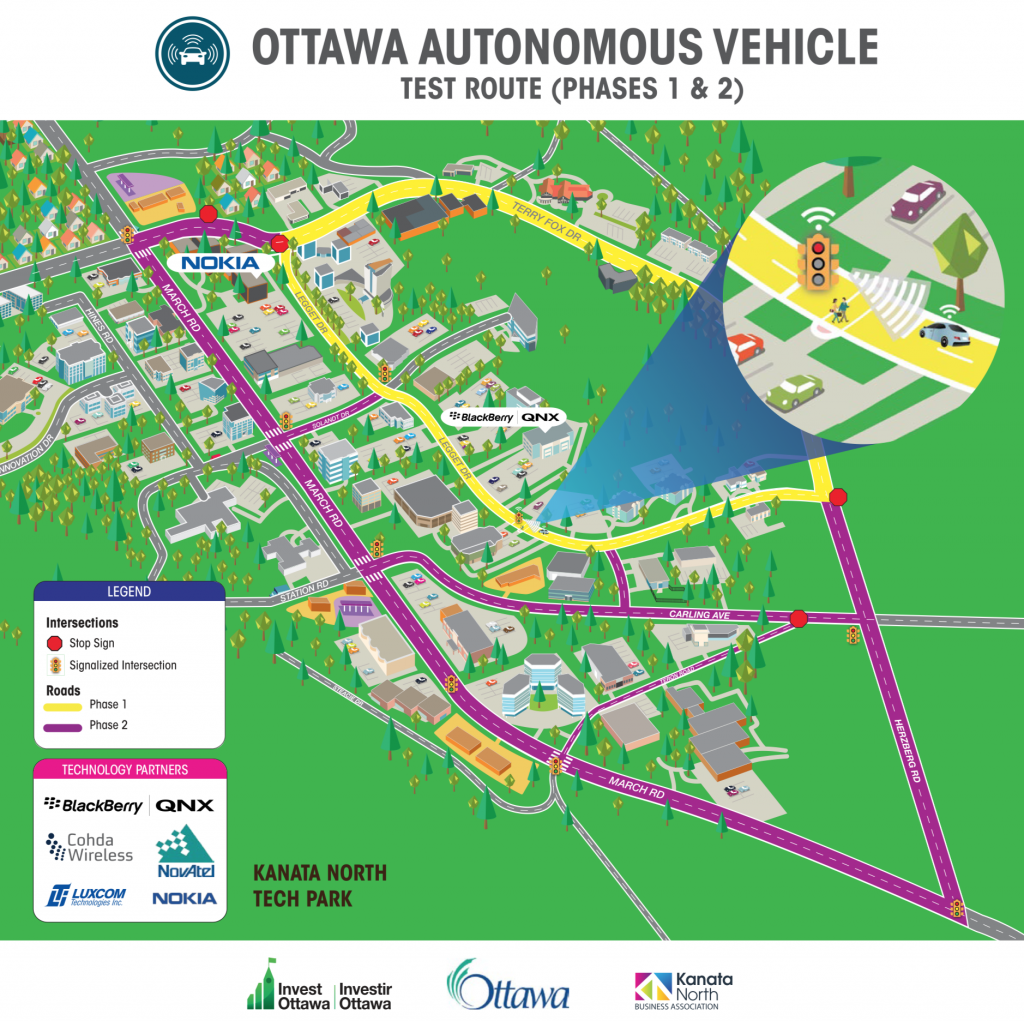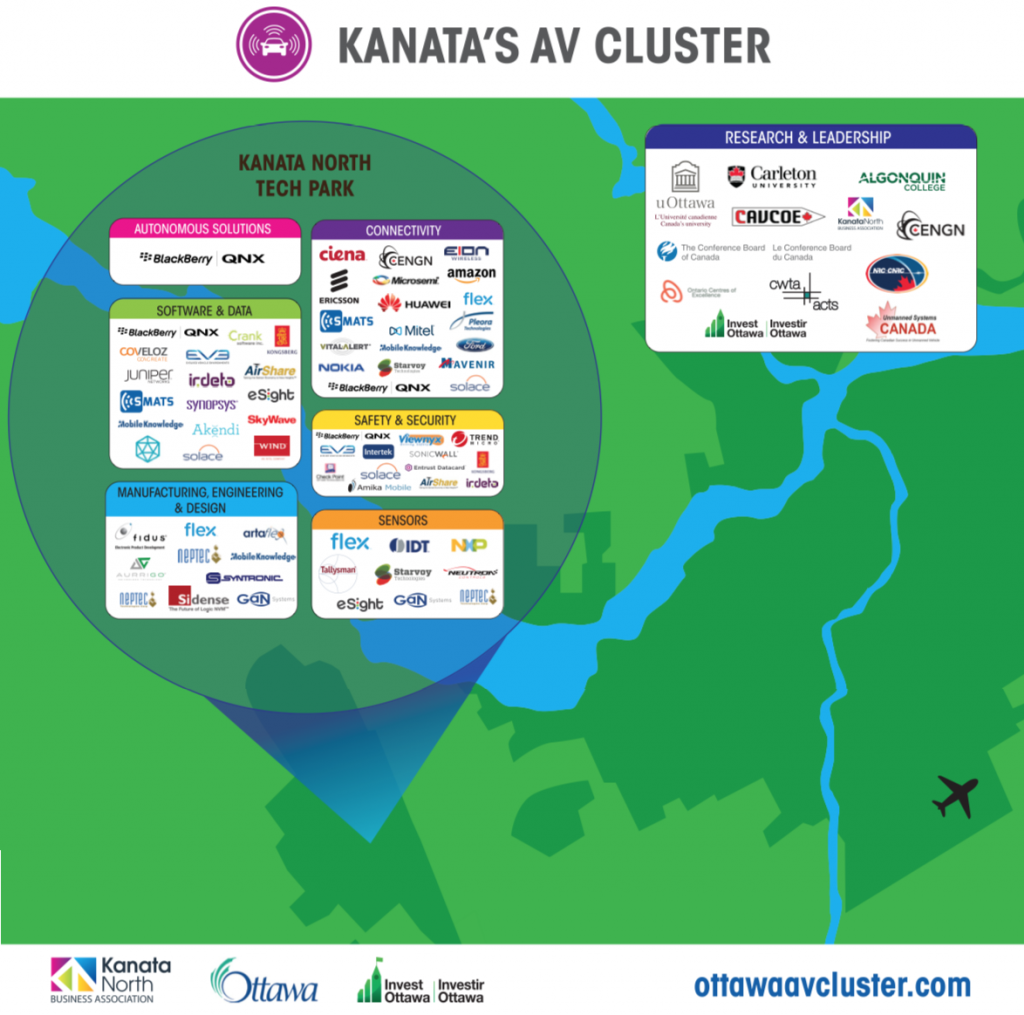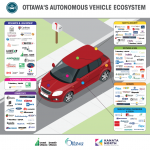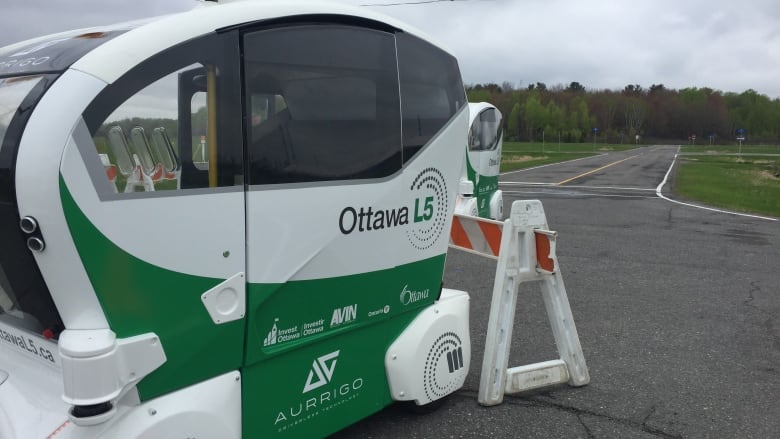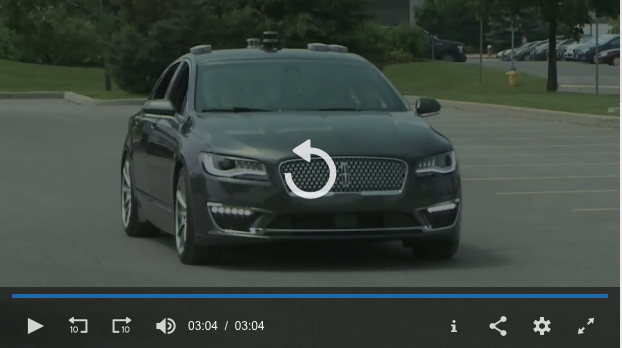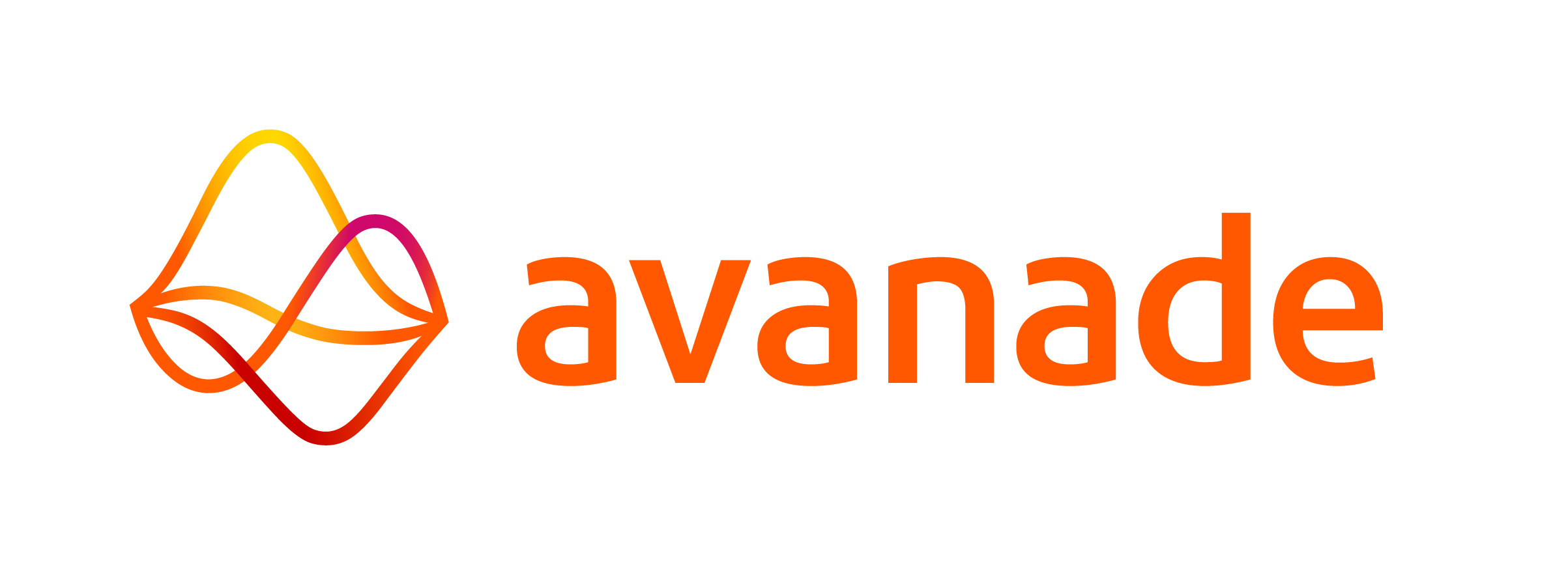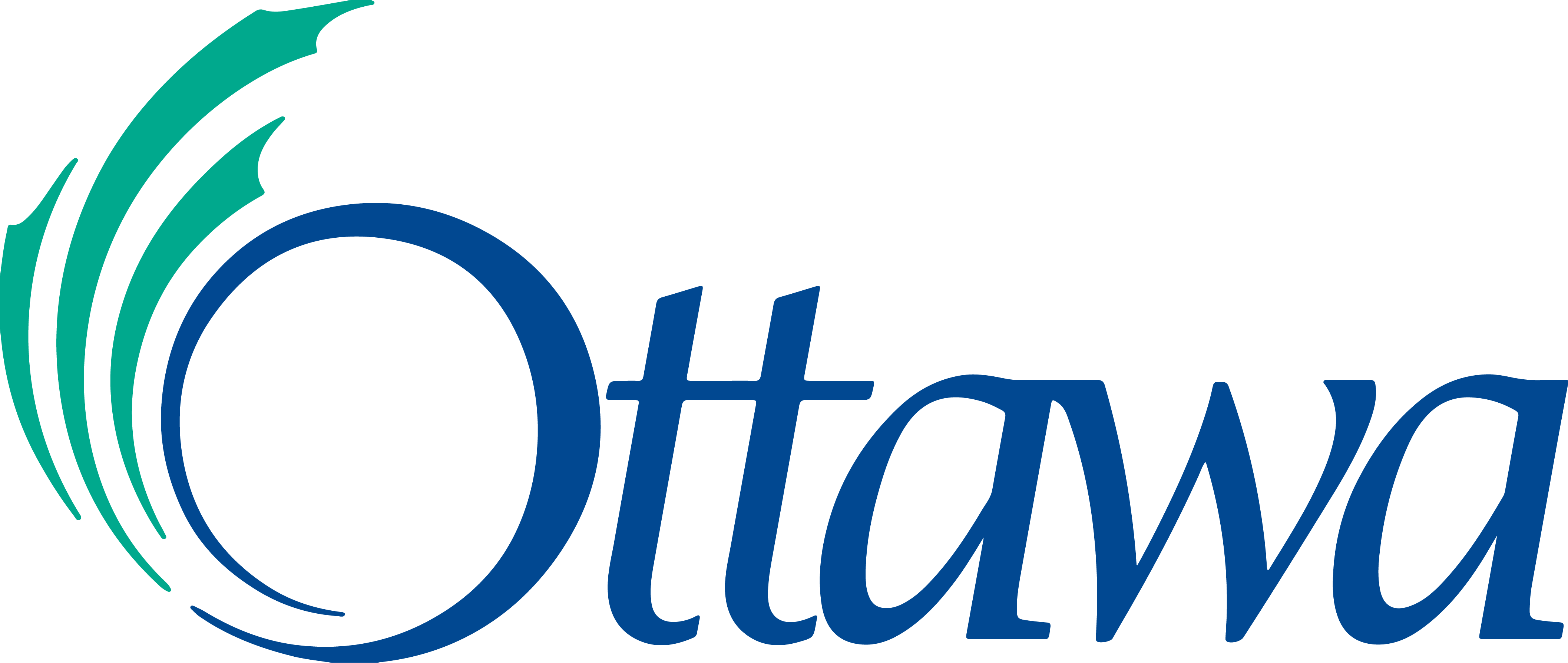Self Driving Cars and Trucks have been in images of the future for decades. As wireless expands, the technology to control traffic is closer to becoming used. However the amount of Wireless Networks to control various things would increase the volume of electromagnetic smog.
Here in Canada various Universities are working on wireless systems for Autonomous Vehicles, such as UBC and Carleton.
Companies like QNX a division of Blackberry, are in the media as the Canadian Government invested 40 MILLION into QNX. so they can continue the work to create 5G roads a possibility.
As companies like these proceed in developing this, they should really be monitoring the RF levels and aim for the lowest possible emissions, or even other forms of communications such as light rather then microwaves.
http://blackberry.qnx.com/en/software-solutions/automotive/qnx-acoustics-management-platform#top
‘Mini-city’ for self-driving vehicles launches in Greenbelt
Includes 16 km of paved roads, one-way streets, pedestrian crossings and bike lanes
A former research farm in Ottawa’s Greenbelt is being turned into a hub for testing the algorithms, sensors and other technology that will allow vehicles to drive themselves.
Invest Ottawa, the city’s economic development agency, launched the Ottawa L5 test track on Friday.
The track will provide a closed, controlled area for companies to use. The “L5” stands for “level 5,” the highest level of vehicle intelligence and automation — a goal those companies aspire to hit.
“We need an area to test our advanced software, advanced technologies, new sensors in the vehicle,” said Grant Courville, vice-president at QNX, a subsidiary of Blackberry and already the anchor for Ottawa’s autonomous vehicle industry in Kanata.
“So this facility here at Ottawa L5 is perfect.”
- U.K. maker of driverless pods selects Ottawa for North American HQ
- QNX looking to drive up interest in Kanata autonomous vehicle hub
- The push to make Kanata a testbed for self-driving cars
British company Aurrigo set up shop in Ottawa a year ago for reasons that include Canada’s enthusiasm for the technology, the technical expertise available in the city, and its weather.
“To make these vehicles global, they need to be tested in every environment known to man,” said Chris Keefe, Aurrigo’s vice-president of autonomous programs.
“And Ottawa offers a special, unique look at weather from hot to cold, so it’s really working out in terms of a one-stop shop when it comes to vehicles.”
Take a ride in an autonomous car on Ottawa’s new test track
David Van Geyn, software developer with QNX, took CBC News on a test drive around Ottawa’s new track for autonomous vehicles. 1:32
Bike lanes, pedestrian crossings
Invest Ottawa already has intersections set up at a testing area in Kanata North, but the new 16 kilometres of paved roads in the Greenbelt will give companies a private area to further test their technologies, away from the traffic of public streets.
The City of Ottawa helped set up the special street grid, which includes one-way roads, pedestrian crossings, and bike lanes so as to better mimic real-world situations.
“It’s essentially a mini-city where we can test … some of our more advanced software in that controlled environment,” Courville said.
“It’s great to have it right in our backyard.”

In the future, the large property will also include a high-speed track and an area to test drones.
Provincial MPPs also attended Friday’s test track launch, as the Ontario Centres of Excellence contributed $5 million in May 2018 to the project through its Autonomous Vehicle Innovation Network.
The Progressive Conservative government then gave the network a further boost recently so it could focus on winter technologies.
The emphasis on these technology and automotive jobs contrasts with the criticism the PCs have faced for cutting funding to Ottawa Tourism, another key industry in the city.
“We believe that this is a great investment in the auto sector and jobs of the future,” said Todd Smith, Ontario’s minister of economic development, job creation and trade.
“Certainly we believe in tourism, and we’re funding tourism and all kinds of different ways. We’re just making sure that we’re far more strategic about how we’re investing the people’s money.”
“What we’re seeing today is a great deal of self-sufficiency and self-reliance,” added Nepean MPP Lisa MacLeod.
When will driverless cars be ready?
Despite the optimism on display Friday, QNX’s Courville said it may still be another 20 years before driverless cars are fully road-ready and safe for the general population on public streets.
But Aurrigo, which focuses on developing shuttles used in places like theme parks and airports, sees widespread use sooner rather than later.
“Autonomy in the next few years is not going to be that unique, strange thing,” said Keefe.
The Greenbelt property across from the Nepean Sportsplex will not just become a focal point for vehicle technology, however.
The Ottawa Film Office and TriBro Studios are about to begin construction on sound stages for television production and animation nearby, while a testbed for smart farming is also in the works.
https://www.cbc.ca/news/canada/ottawa/autonomous-vehicle-test-track-launch-1.5140703
Blackberry QNX takes autonomous car for a spin at Kanata North Technology Park
Published Friday, July 21, 2017 5:17PM EDT
Last Updated Friday, July 21, 2017 6:34PM EDT
It’s not everyday you see a car driving around a parking lot without the driver’s hands on the wheel but that’s exactly what happened outside Blackberry QNX’s Kanata office Friday.
The high-tech company took one of its autonomous vehicles for a spin outside its lab with more than a dozen media and politicians nearby.
“These guys, those software engineers, they are ahead of the curve,” Ontario Premier Kathleen Wynne said after touring the facility. “They are at the leading edge of this work.”
Blackberry QNX is one of about 70 Ottawa companies pushing the gas on autonomous vehicles. 40 of those companies are based at the Kanata North Technology Park.
“I think it’s huge, it’s every car maker in the world trying to do this,” said John Wall, the head of Blackberry QNX. “I think you are going to see is a very gradual adoption of autonomous functions within the car. I think it will start with safety features.”
Wall believes autonomous features like lane detection warnings, automatic breaking and parking assist will be in most new cars by the year 2021 with more in-depth features and advanced features shortly there after.
Blackberry QNX is currently working with the city of Ottawa to do its first test drive on public property. It will likely happen in the Fall.
The push for autonomous vehicles and the software required has helped push Ottawa, specifically Kanata, forward on the international stage.
Ford announced earlier this year it is spending $338 million on a new research and development centre for self-driving car technology in Ottawa.
Dubbed the Ottawa Research and Engineering Centre, the automotive giant says it’s expected to bring nearly 300 high-skill jobs to Ottawa. The centre will have satellite campuses in Oakville and Waterloo.
“The centre will focus on research and development across infotainment, in-vehicle modems, gateway modules, driver-assist features and autonomous vehicles,” a news release from the province said at the time.
No timeline was given for the Ford centre’s opening.
Kanata North workers ride autonomous pods through Marshes Golf Course
By Craig Lord Aug 27, 2019 Ottawa Business Journal
Workers in Kanata North had the chance to take an autonomous pod for a spin around the Marshes Golf Club this week, a pilot run that could be a first step in alleviating some of the research park’s traffic woes.
Some 350 workers from 40 companies in the Kanata North tech park will travel through the golf course from Monday to Wednesday this week. There are no drivers piloting carts past the Marshes’ fairways, however: two autonomous pods, developed by the U.K.’s Aurrigo, will shuttle passengers across the course.
The event, hosted by the Kanata North Business Association, Invest Ottawa and other partners, is the first pilot run for Aurrigo in North America and the first public test of infrastructure developed through Ottawa’s L5 test facilities. The event isn’t just for fun, either: participants will deliver their feedback on the pilot to inform future public testing, and infrastructure such as the Ottawa-made SmartCone are interacting with the pods along the route.
Members of Ottawa’s tech community, including Wesley Clover chairman Terry Matthews, attended the event’s launch on Monday, alongside a number of local dignitaries such as Mayor Jim Watson, who quipped to Kanata North Coun. Jenna Sudds that he had his doubts about his safety riding in one of the futuristic vehicles.
“I hope it works. If it doesn’t, Jenna, you can be mayor,” he said, earning a laugh from the crowd
Companies such as BlackBerry QNX and automotive giant Ford are among those in the Kanata tech park developing self-driving technologies that could one day enable wider deployment of pods and other autonomous transportation options in cities across Canada.
Veronica Farmer, the KNBA’s director of operations, told Techopia that the public demonstration is useful for laying the groundwork for wide-scale adoption of autonomous technologies in the near future.
“Technology demonstrations have this wonderful effect of helping people envision this in the future, to see what the art of the possible is,” she said.
The pilot project could also help address a common pain point in the tech park: traffic. Growing companies such as Kinaxis are avoiding the park, with the company’s employees citing traffic woes in the area as motivation to instead shift the firm’s headquarters to Kanata West.
Autonomous pods like Aurrigo’s are being touted as a possible solution for the so-called first and last mile of transportation. Farmer said while this might not be the short-term solution for congestion on Kanata roads, it’s invaluable to show how technology being developed in the park itself could help to solve problems close to home.
“Obviously, four-seater pods are not going to solve our commuting challenges,” she said.
“But what you can see is, this kind of technology, when married with infrastructure improvements, is a way for us to demonstrate we are world-class in Kanata North.”
The Ride the Pod trial sets the stage for the upcoming Connected and Autonomous Vehicles Canada conference, running Sept. 9 and 10 at the Brookstreet Hotel. The event will include nearly a dozen panels on AV tech, with keynote talks from Rahul Singh, the head of autonomous vehicle software development at Ford, and Anita Sengupta, the chief product officer of Airspace Experience Technologies.
https://obj.ca/techopia-kanata-north-autonomous-pods-marshes-aurrigo
Ottawa L5
INTRODUCING OTTAWA L5, THE FIRST INTEGRATED CAV TEST ENVIRONMENT OF ITS KIND IN NORTH AMERICA
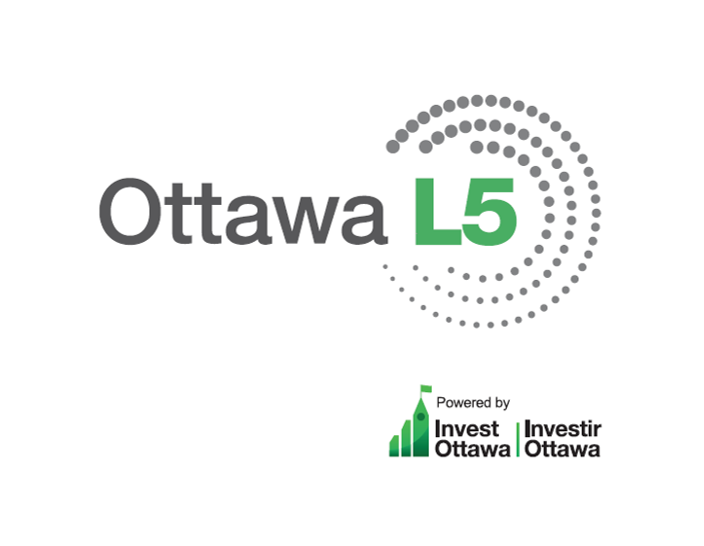
Connected and autonomous vehicles (CAVs) are poised to revolutionize not only transportation but the way people live and work throughout the world. As technology, auto and transportation leaders around the world continue to evolve for a CAV-driven future, the testing and validation of CAV technologies is critical to ensuring the safe implementation of CAV innovations.
The Ottawa L5 test facilities offers world-class integrated testing grounds for the safe implementation of CAVs. On site, vehicle-to-everything (V2X) testing, validation and demonstration of technologies are enabled on both public and private test tracks, in Ottawa’s true four-season climate. The Ottawa L5 testing facilities are equipped with GPS (RTK), dedicated short range communications (DSRC), Wi-Fi, 4G/LTE and 5G telecommunications and networking infrastructure, making it the first integrated CAV test environment of its kind in North America.
As a tech hub with decades of internationally-recognized strengths in fields at the heart of CAV technology, Ottawa is ideally positioned to address the needs and opportunities facing CAV innovators and firms. For example, in communications technology, Ottawa is home to the top five mobile backhaul equipment market vendors, the top ten optical network hardware vendors and 90 percent of telecommunications research. The Ottawa L5 harnesses these and other capabilities, enabling users of the test track to benefit from Ottawa’s leadership in sensors, LIDARS and related technologies that represent key components of CAVs.
Today, CAVs are not fully autonomous. Although there are many levels of automation and intelligence integrated into vehicles, there are many perspectives about when fully self-driving cars will become a reality. Driving automation levels are defined and classified from 0 to 5, with level 5 (L5) indicating full autonomy. The branding of Ottawa’s test facilities as Ottawa L5 reflects the vision, aspiration and commitment of Ottawa’s CAV leaders to enable and accelerate the safe development, validation and implementation of self-driving technology, building on the capabilities available today through to full autonomy tomorrow.
- The Ottawa L5 private test track is a 1,866 acre, fenced and gated private facility with 16 kilometers of paved roads and a control centre housed at Bayview Yards @Greenbelt. The largest secure test facility for CAVs in Canada, the Ottawa L5 private test track creates an ideal proving grounds for the safe and productive pre-commercial development, testing, validation and demonstration of CAV technologies; and
- The Ottawa public test track, located in Kanata North, the largest technology park in Canada, provides the CAV test environment on 9 kilometers of public roads and in a connected, live city infrastructure.
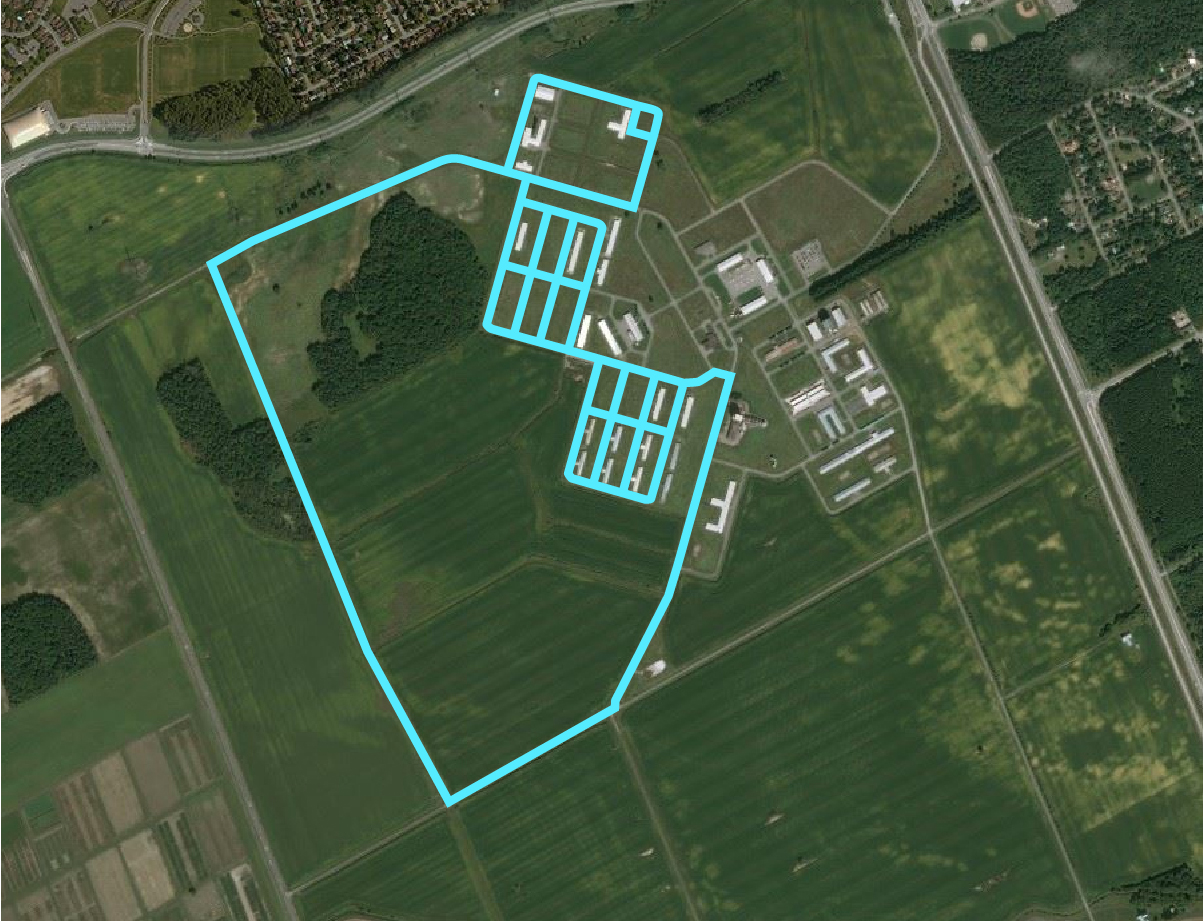
The Ottawa L5 private test track features 16 kilometers of paved roads that provide proving grounds for CAV technologies in connected and secure environments.
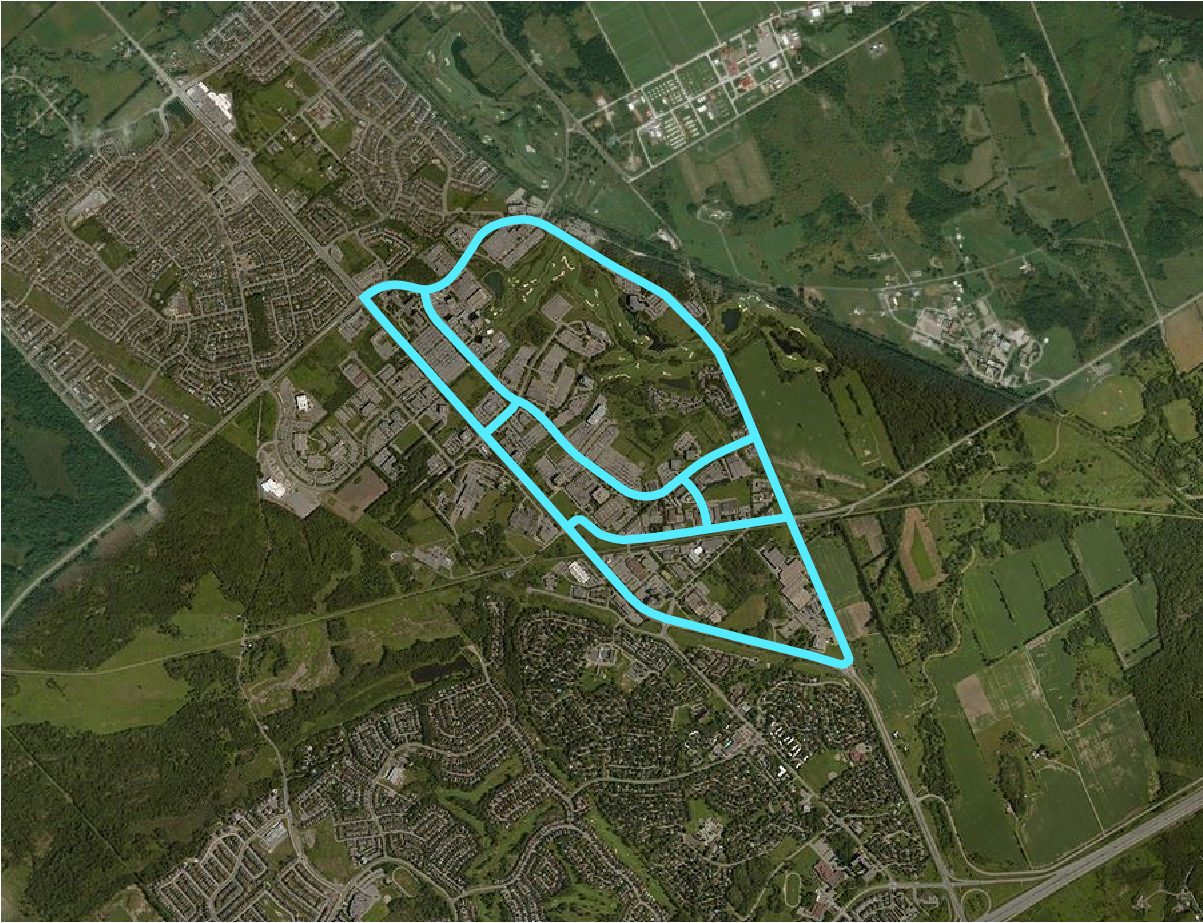
The Ottawa L5 public test track provides nine kilometers of paved roads that enable CAV technology testing and validation in connected and live city infrastructure.
With a strong focus on technology validation and safety, the Ottawa L5 test facilities will enable researchers, entrepreneurs, SMEs and multinationals to develop, demonstrate, and commercialize new AV technologies. It will specifically help firms to address key CAV opportunities and challenges including:
- CAV operations in inclement weather;
- Detection of cybersecurity threats;
- Interoperability, data collection and analytics; and
- Connectivity
Through entrepreneurship programming, the Ottawa L5 will support the development, commercialization and adoption of new Ottawa CAV technologies, as well as the growth and success of homegrown CAV firms. Powered by Invest Ottawa, economic development agency for Canada’s capital, the Ottawa L5 will catalyze Ottawa’s contribution to the economy and Ontario’s global CAV innovation leadership, by enabling the:
- Commercialization of new AV technologies
- Growth and success of homegrown AV firms
- Attraction of new companies, investment and talent from across Canada and around the world
- Creation of new AV jobs
Powered by Invest Ottawa, the Ottawa L5 is a Regional Technology Development Site (RTDS) in Ontario’s Autonomous Vehicle Innovation Network (AVIN). It leverages key capabilities, expertise, cash and in-kind contributions from:
- Strategic Partners: Accenture, Avanade, Blackberry QNX, Ericsson, Juniper Networks, Microsoft, National Capital Commission (NCC), Nokia, City of Ottawa;
- Research Partners: Algonquin College, Carleton University, La Cité collégiale, University of Ottawa;
- Technology Partners: Aurrigo, Canal Geomatics, Cohda Wireless, MH Corbin, Hexagon NovAtel, and
- Ecosystem Partners: CAVCOE, Kanata North Business Association.
Currently, technology fit up is underway at the Ottawa L5 private test track with demonstrations planned in the months ahead.
Technology Partners
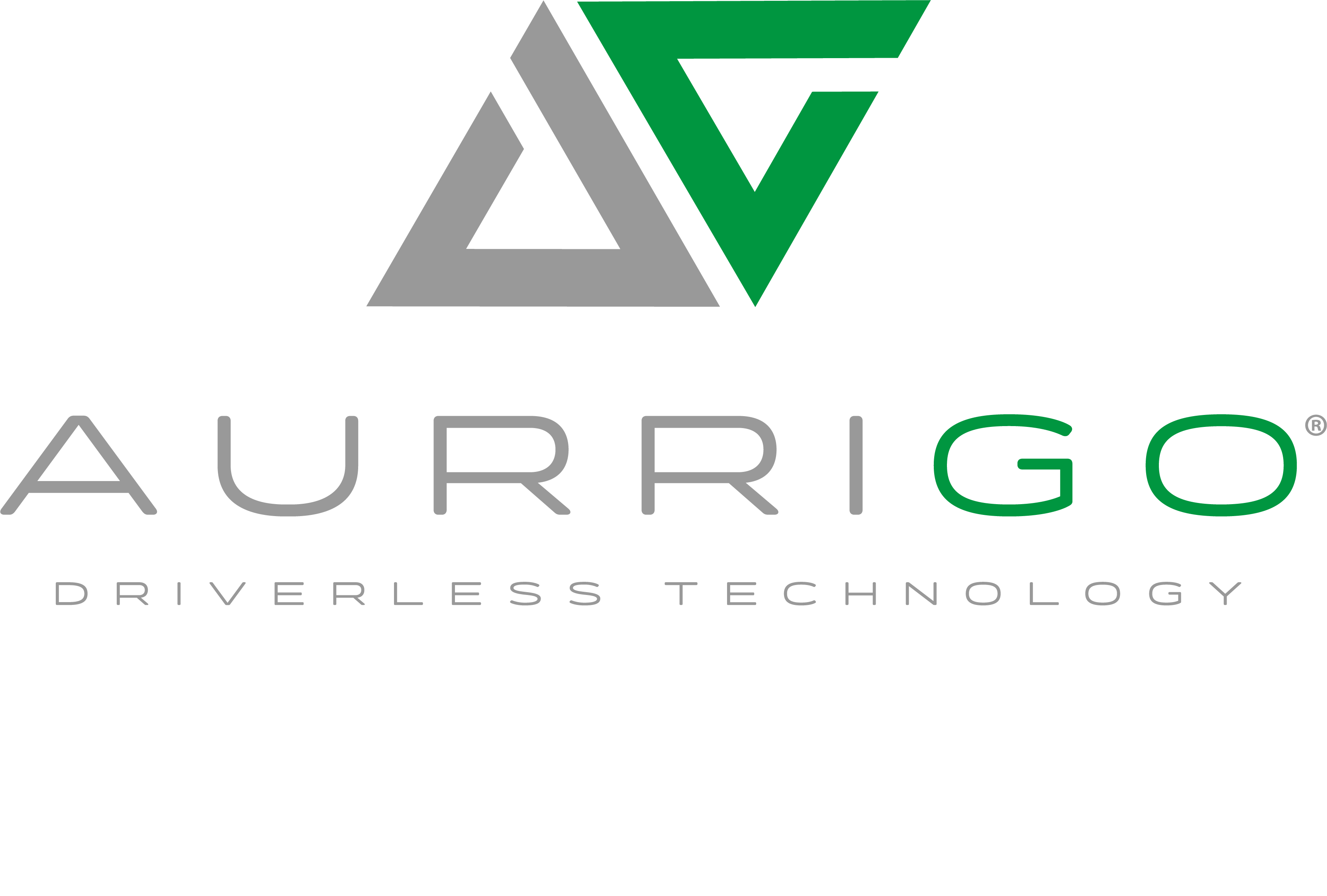


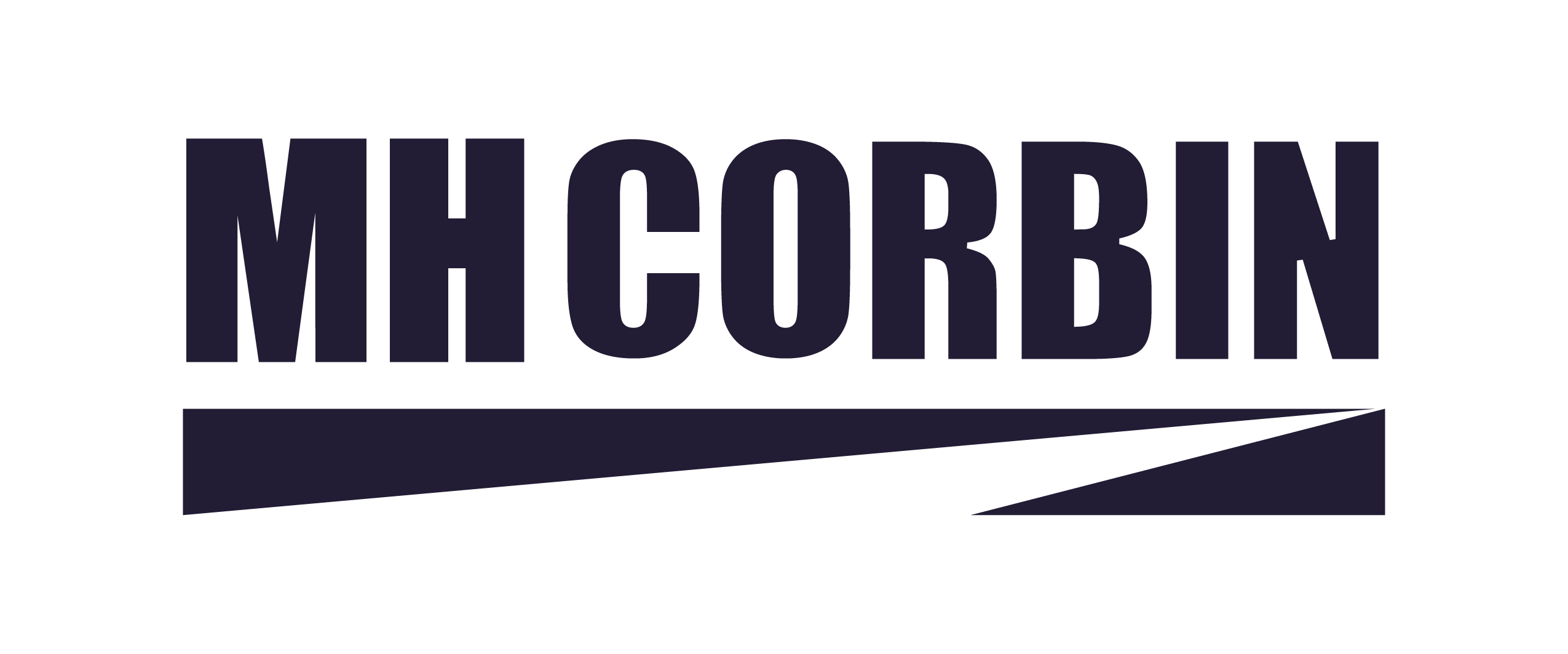

![]()
Ecosystem Partners
![]()
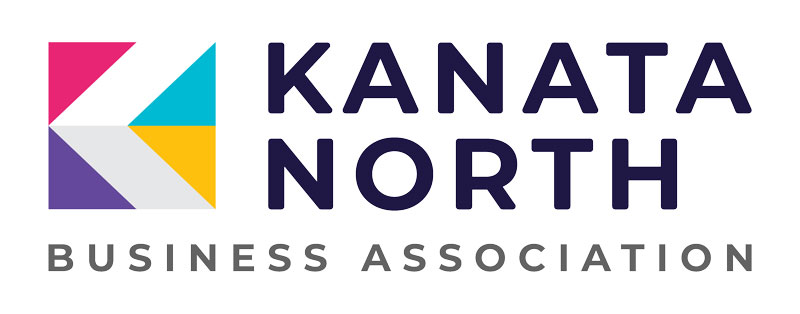
https://www.investottawa.ca/ottawal5-about/
Ottawa strikes $40M research deal on 5G technology with Huawei rival Nokia
Funding comes in midst of Huawei national security review
The federal government will announce up to $40 million for Finnish telecom giant Nokia on Thursday to conduct research on 5G wireless technology in Canada.
The funding comes as Ottawa is in the middle of a comprehensive national security review of the potential involvement of Nokia’s Chinese rival, Huawei, in Canada’s eventual fifth generation mobile network.
Ottawa is also locked in a diplomatic dispute with Beijing following Canada’s Dec. 1 arrest of Huawei executive Meng Wanzhou at the request of the United States.
READ MORE: China demands US drop Huawei extradition request with Canada
READ MORE: U.S. confirms it will ask Canada to extradite Huawei executive
Huawei, Nokia and Sweden’s Ericsson are among the top contenders to help Canada’s telecom companies, including BCE and Telus, build the country’s 5G mobile networks.
Three of Canada’s partners in the Five Eyes intelligence-sharing group — the United States, Australia and New Zealand — have banned the use of Huawei products in 5G network development based on fears the company could spy on behalf of China.
Federal Innovation Minister Navdeep Bains, who along with Public Safety Minister Ralph Goodale is responsible for overseeing the 5G security review, has said the analysis is not just about Huawei and is designed to assess how best to protect Canadians.
READ MORE: Huawei not only firm that could build Canada’s eventual 5G networks: Goodale
Bains finalized the Nokia deal Thursday in Davos, Switzerland, where he’s participating in the World Economic Forum.
Canada’s ongoing scrutiny of Huawei has created concerns within the Chinese government. Lu Shaye, China’s envoy to Ottawa, warned Canada last week of possible repercussions if the government ultimately decides to bar Huawei from building the country’s 5G networks.
A Chinese foreign-ministry spokeswoman later tried to play down Lu’s remarks, by saying the ambassador didn’t mean that China intended to interfere in Ottawa’s decision-making process. Hua Chunying also told journalists in Beijing on Monday that losses would be inevitable since Huawei is a leading supplier of 5G technology, according to a transcript on the foreign ministry’s website.
Few details are available about Canada’s 5G security review but a well-placed source has said a decision is still months away.
The federal funding will back Nokia’s research work in Canada to help telecom networks meet the needs of 5G technology. The company is also developing cybersecurity tools to protect telecom networks.
The government is expected to sell the deal as a way to support more than 2,000 of Nokia’s jobs already in Canada and to create 237 new positions. Nokia Canada’s projects, valued at over $214 million, are based in Mississauga, Ont., and the Ottawa suburb of Kanata.
The issue of whether Huawei is allowed to build the country’s 5G networks has connections to a diplomatic crisis over Canada’s recent arrest of Meng, the company’s chief financial officer and daughter of its founder.
Canadian police arrested Meng at Vancouver’s airport at the request of American authorities, who are seeking her extradition on fraud allegations.
Her arrest has angered Beijing and the case is at the heart of tensions between Canada and China. The Chinese government says Meng has done nothing wrong and has demanded her release, warning Canada of severe consequences if it doesn’t free her.
After her arrest, China detained two Canadians. Michael Kovrig, a Canadian diplomat on leave, and Michael Spavor, an entrepreneur, were taken in on allegations of engaging in activities that have endangered China’s national security.
In recent weeks, China also sentenced another Canadian, Robert Lloyd Schellenberg, to death in a sudden retrial of his drug-smuggling case. He was originally handed a 15-year jail term in 2016, but the court gave him the death penalty after revisiting his case.
Andy Blatchford, The Canadian Press
#trudeau #Canada #5G #Nokia #Huawei #Kanata #Ottawa #Stop5G
